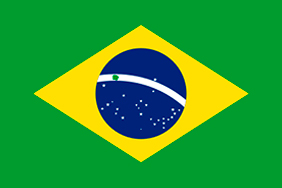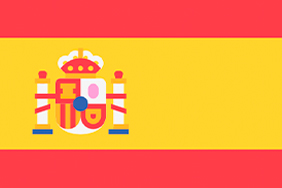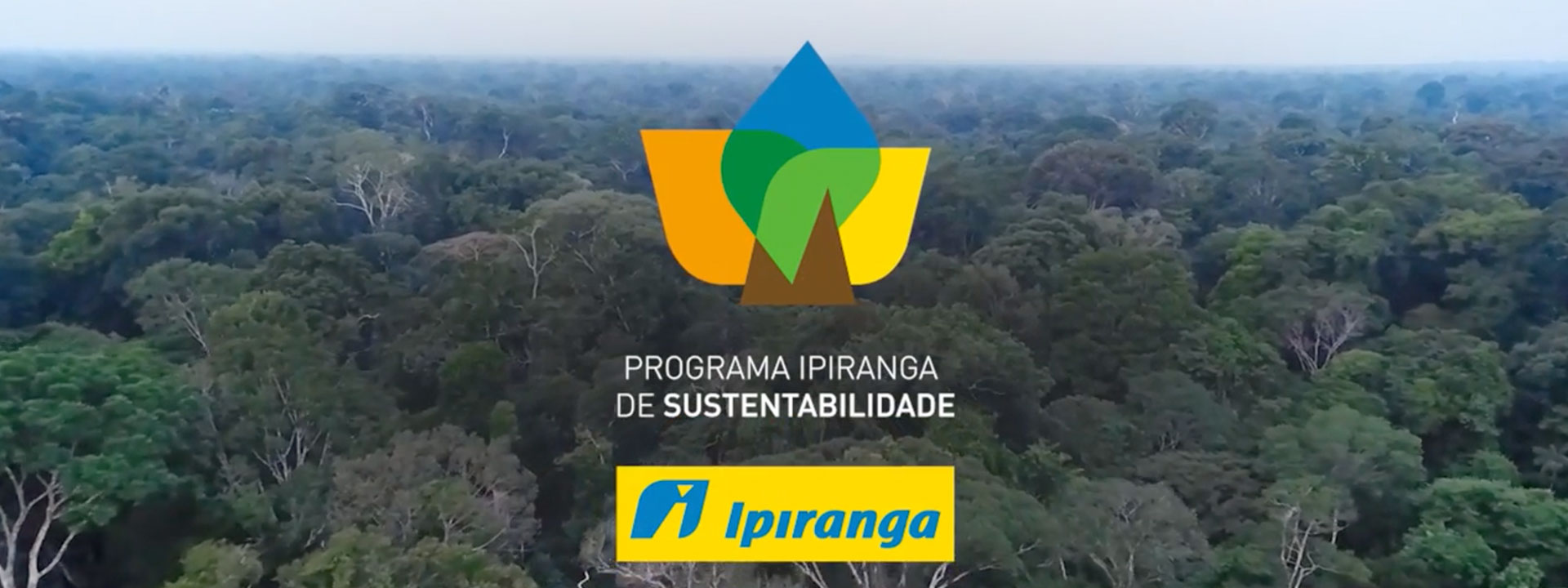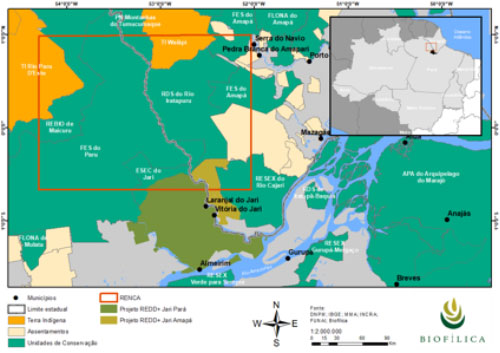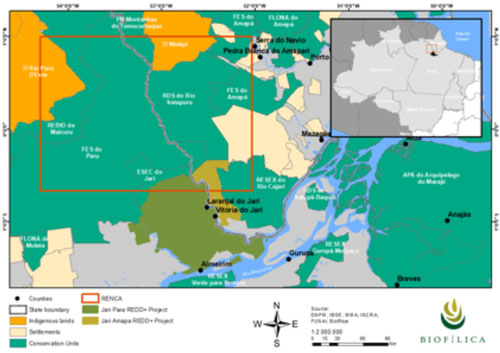Warning: Trying to access array offset on value of type bool in /home/wwbiof/public_html/wp-content/themes/jupiterx/lib/api/image/functions.php on line 61
Warning: Trying to access array offset on value of type bool in /home/wwbiof/public_html/wp-content/themes/jupiterx/lib/api/image/functions.php on line 62
Warning: Trying to access array offset on value of type bool in /home/wwbiof/public_html/wp-content/themes/jupiterx/lib/api/image/functions.php on line 63
Warning: Trying to access array offset on value of type bool in /home/wwbiof/public_html/wp-content/themes/jupiterx/lib/api/image/functions.php on line 61
Warning: Trying to access array offset on value of type bool in /home/wwbiof/public_html/wp-content/themes/jupiterx/lib/api/image/functions.php on line 62
Warning: Trying to access array offset on value of type bool in /home/wwbiof/public_html/wp-content/themes/jupiterx/lib/api/image/functions.php on line 63
Warning: Undefined array key "extension" in /home/wwbiof/public_html/wp-content/themes/jupiterx/lib/api/image/class-image-editor.php on line 179
Warning: Trying to access array offset on value of type bool in /home/wwbiof/public_html/wp-content/themes/jupiterx/lib/api/image/functions.php on line 61
Warning: Trying to access array offset on value of type bool in /home/wwbiof/public_html/wp-content/themes/jupiterx/lib/api/image/functions.php on line 62
Warning: Trying to access array offset on value of type bool in /home/wwbiof/public_html/wp-content/themes/jupiterx/lib/api/image/functions.php on line 63
Warning: Undefined array key "extension" in /home/wwbiof/public_html/wp-content/themes/jupiterx/lib/api/image/class-image-editor.php on line 179
O ano de 2019 trouxe novas perspectivas para a regularização ambiental dos imóveis rurais. Uma série de medidas foram anunciadas no final de 2018 pelos estados e união que garantem um ano mais promissor para o proprietário que deseja regularizar seu imóvel com maior segurança jurídica.

A principal novidade foi a regulamentação das Cotas de Reserva Ambiental – CRA pelo Decreto nº 9.640/2018, que são títulos nominativos representativos de áreas com vegetação nativa existente ou em processo de recuperação excedentes à reserva legal daquela propriedade.
A Biofílica, que acompanhou ativamente a elaboração da minuta e comercializa Cotas de Reserva Ambiental, possui apoio do corpo técnico e jurídico especializado para auxiliar a pessoa física ou jurídica no processo de aquisição dos direitos de utilização da CRA ou o proprietário do imóvel rural que irá ofertar sua área de vegetação nativa.
